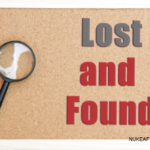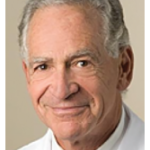Currently, there are no standard guidelines for organ transplantation with active autoimmune disease. The government organization, Organ Procurement and Transplantation Network (OPTN), and organ procurement organizations (OPOs), such as United Network for Organ Sharing (UNOS), do not have uniform guidelines for transplantation with rheumatic disease and defer to the local transplant team to make its own decisions.3
Centers vary in their definition of disease inactivity and requirements for how long disease must be inactive. At our institution, it is recommended that patients with ESRD on dialysis achieve disease quiescence for one year prior to transplant. Renal transplant literature suggests that patients may be maintained on dialysis for as little as three months before transplantation because end-stage renal disease often leads to a burnout effect of active SLE disease.4 Our diseases are rare, and data on organ transplant besides kidneys are limited.
Among adult lung transplants performed between 1995 and 2015, only 0.7% of all transplants were for connective tissue disease, 2.5% were for sarcoidosis, and 1.6% were for non-idiopathic pulmonary artery hypertension.5 The selection process may vary by center, there are no absolute guidelines, and the decision to transplant depends upon the center’s practices, waiting list and other factors.6
International consensus guidelines on lung transplantation state that systemic disease quiescence should be achieved, including any evidence of active vasculitis, before transplant, but provides no further guidance on timeline or definition of quiescence.7
Prognosis estimates of CVD with pulmonary involvement is largely from the scleroderma population. Poor prognostic indicators include old age and reduced lung capacity.8 Many patients with scleroderma have had successful lung transplantations, but at this time, data are insufficient to inform specific guidelines for patients with other rheumatic diseases.
Outcome data on heart transplant in systemic lupus erythematosus are limited to case reports.9-14
Back to Our Cases
Our adolescent patient with SLE was not deemed a transplant candidate due to concern for ongoing disease activity, a history of noncompliance and the need for cardiac and, eventual, kidney transplant. Cardiac biopsies did not reveal myocarditis and/or vasculitis, and an attempt to control the patient’s disease with cyclophosphamide, rituximab, intravenous immunoglobulin, plasma exchange and corticosteroids was not successful. With her severe right ventricular dysfunction, she was unable to tolerate attempts at weaning ECMO. Without a possibility for transplant and due to the risk of infection with ongoing immunosuppression, a left-ventricular assist device was not an option. The medical team and the parents made the decision to withdraw support. After 19 days on ECMO, she died upon disconnection of the circuit.


